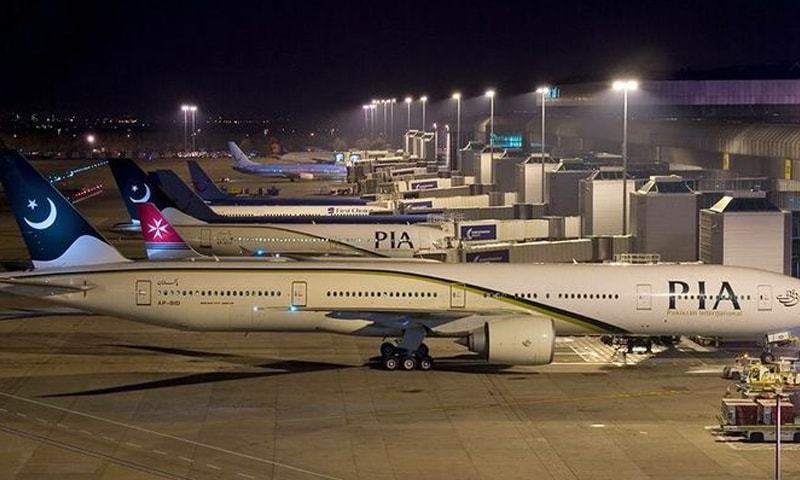
The closure of Pakistan’s airspace has caused significant economic losses but was deemed necessary for national defense. Between April 24 and June 30, 2025, overflight revenue dropped by about Rs4.1 billion. This loss followed the suspension of airspace for Indian-registered aircraft after a surge in tensions between Pakistan and India. According to the Ministry of Defence’s written reply to the National Assembly, the closure affected 100 to 150 Indian aircraft daily, reducing overall air traffic by around 20%. Despite the financial setback, the government stressed that safeguarding sovereignty remains more important than economic gains.
The decision came after the April 22 attack on tourists in Indian-occupied Kashmir. In response, India carried out missile strikes inside Pakistan on May 7. This sparked a brief but intense conflict, lasting until May 10, when Pakistan launched retaliatory strikes inside India.
The Pakistan Airports Authority (PAA) confirmed the overflight ban for Indian airlines as the main cause of revenue loss. Before the 2019 tensions, average daily overflight revenue stood at $508,000. Pakistani aircraft are also barred from using Indian airspace.
The current situation mirrors 2019, when the Pulwama attack led to airspace closure and caused Rs7.6 billion in overflight revenue losses for the then Civil Aviation Authority (CAA).
Despite these disruptions, the PAA displayed financial resilience. Officials reiterated that the defense of Pakistan will always take precedence over economic considerations. As of now, Pakistan’s airspace is open to all airlines except those registered in India.
